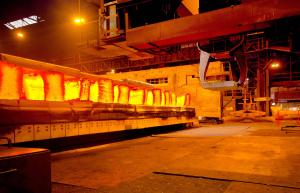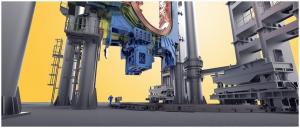What’s New
17 November 2014
ITER news digest for the period of 10 November 2014 to 17 November 2014.

FuseNet launches new education support schemes

First Highly Exceptional Load sails to ITER

Princeton researchers present cutting edge results at APS Plasma Physics Conference




